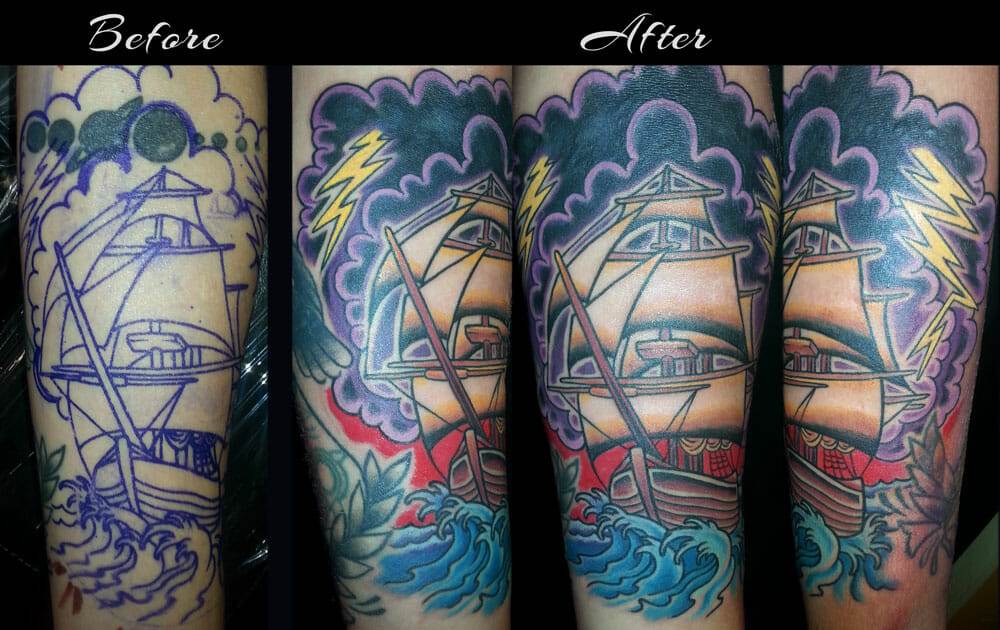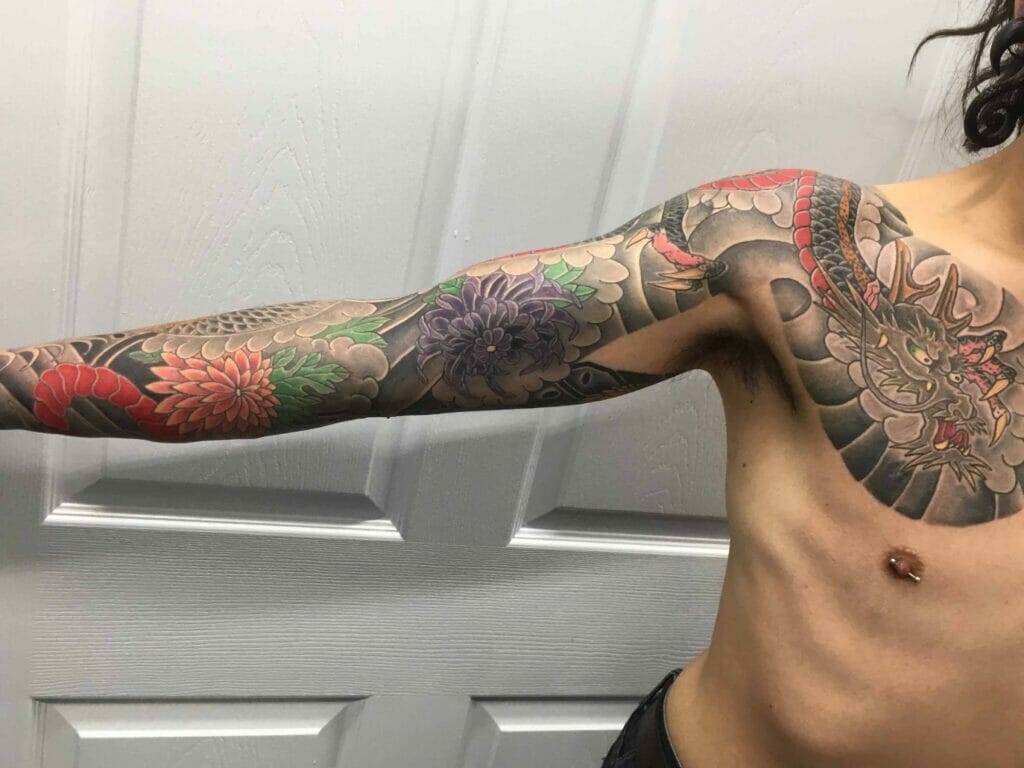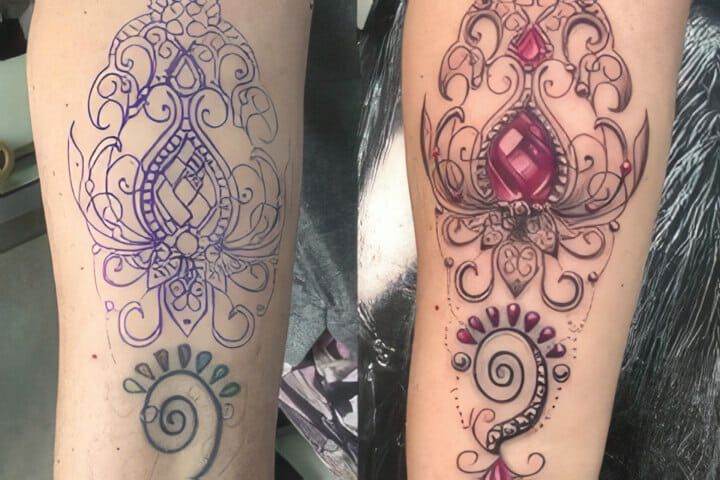Overview of cover-up magic for tattoo concealment
Cover-up magic is a technique used by tattoo artists to conceal an existing tattoo with a new design. It involves strategically designing and applying a new tattoo over the old one, effectively camouflaging it. This technique is particularly useful for individuals who regret or are unhappy with their current tattoos and wish to have them hidden or replaced.
The cover-up process requires skill and experience on the part of the tattoo artist. They need to carefully plan the design and colors of the new tattoo to ensure that it effectively masks the original one. The success of a cover-up tattoo largely depends on the size, color, and density of the existing tattoo, as well as the creativity and expertise of the artist.
Factors to consider before getting a cover-up tattoo
Before getting a cover-up tattoo, there are several important factors to consider:
- Size and color of the existing tattoo: The size and color of the original tattoo will greatly affect the design options for the cover-up tattoo. Dark, bold tattoos are generally easier to cover up compared to lighter or more intricate designs.
- Skill and experience of the tattoo artist: It is crucial to find a skilled and experienced tattoo artist who specializes in cover-up tattoos. Look at their portfolio to assess their abilities and see if their style aligns with your aesthetic preferences.
- Design possibilities: Discuss your ideas and desired design with the tattoo artist. They can guide you on what can be realistically achieved based on the existing tattoo and your expectations. Remember that not all tattoos can be completely covered, so manage your expectations accordingly.
- Healing and aftercare: The cover-up tattoo will require proper healing and aftercare, just like any other tattoo. Follow the artist’s instructions for bandaging, cleaning, and moisturizing to ensure optimal healing and long-lasting results.
In conclusion, cover-up magic offers a solution for individuals who wish to conceal or replace an existing tattoo. By considering factors such as the size and color of the original tattoo and finding a skilled artist, one can achieve a successful cover-up tattoo.
Tattoo Cover-Up Options
Tattoo Concealing Makeup: A temporary and non-invasive solution
Tattoo concealing makeup offers a temporary solution for individuals who want to hide their tattoos without the commitment of a permanent cover-up. This type of makeup is specially formulated to provide full coverage and can last for up to 24 hours. It comes in various shades and can be matched to your skin tone for a seamless blend. Tattoo concealing makeup is easy to apply and can be removed with regular makeup remover.
Some advantages of tattoo concealing makeup include:
- Temporary solution: Tattoo concealing makeup allows you to hide your tattoo for certain occasions or events without permanently altering your skin.
- Non-invasive: Unlike tattoo cover-up techniques that involve getting a new tattoo, tattoo concealing makeup is non-invasive and does not require any needles or procedures.
- Versatile: Tattoo concealing makeup can be used on various parts of the body, including the face, arms, and legs. It can cover both small and large tattoos, depending on the amount of product applied.
However, it is important to note that tattoo concealing makeup is not completely waterproof and may require touch-ups throughout the day, especially in areas that may come into contact with water or friction.
Tattoo Camouflage: Long-lasting and effective coverage
Tattoo camouflage is a more permanent solution for covering up unwanted tattoos. This technique involves designing and tattooing a new image over the existing tattoo to effectively hide it. Tattoo camouflage requires the expertise of a skilled tattoo artist who specializes in cover-up tattoos.
Some advantages of tattoo camouflage include:
- Long-lasting results: Unlike tattoo concealing makeup that needs to be reapplied regularly, tattoo camouflage provides a permanent solution and does not require touch-ups.
- Effective coverage: Tattoo camouflage can successfully cover up tattoos of various sizes, colors, and designs, depending on the skills of the tattoo artist and the design chosen for the cover-up.
- Customizability: With tattoo camouflage, you have the opportunity to choose a new design that aligns with your preferences and interests. The tattoo artist can work with you to create a design that effectively masks the existing tattoo and suits your aesthetic tastes.
It is important to note that tattoo camouflage requires proper aftercare to ensure optimal healing and long-lasting results. Following the tattoo artist’s instructions for cleaning and moisturizing is crucial in maintaining the appearance and longevity of your cover-up tattoo. Additionally, it is advisable to consult with a reputable and experienced tattoo artist who can assess the feasibility of fully covering your existing tattoo based on its size, color, and density.
Designing a Cover-Up Tattoo
Working with your artist to create a design that effectively hides the unwanted tattoo
When considering a cover-up tattoo, it is important to work closely with your tattoo artist to create a design that effectively hides the unwanted tattoo. The artist will have the knowledge and expertise to advise you on the best approach for covering up the existing tattoo. They may suggest incorporating elements of your desired design into the existing tattoo or creating a completely new design that strategically covers it.
Considering size, color, and placement of the cover-up tattoo
When designing a cover-up tattoo, factors like size, color, and placement are crucial. Your artist will consider the size and placement of the existing tattoo to determine if complete coverage is possible or if certain areas may need to be incorporated into the new design. They will also consider the color palette of the cover-up tattoo to ensure that it effectively conceals the existing tattoo without making it more prominent.
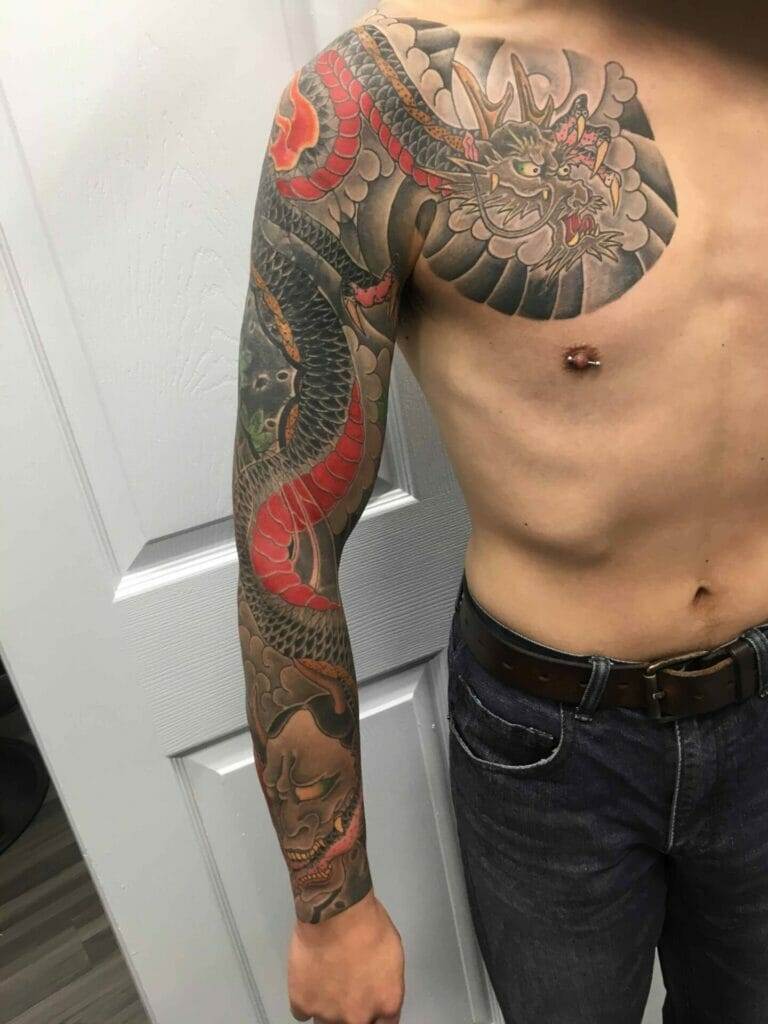
The overall goal of the cover-up tattoo is to create a design that seamlessly integrates with your skin and effectively hides the unwanted tattoo. Your artist will use their creativity and expertise to ensure that the final result is aesthetically pleasing and meets your expectations.
Remember to communicate openly with your artist about your preferences, concerns, and desired outcome. This will help them personalize the design to your liking and ensure that you are satisfied with the final result.
In conclusion, designing a cover-up tattoo requires collaboration between you and your artist. By working together, you can create a design that effectively hides the unwanted tattoo and gives you a fresh start. With proper planning and consideration of size, color, and placement, you can achieve a successful cover-up tattoo that you can be proud of.
Proper Tattoo Aftercare
Taking care of your cover-up tattoo to ensure optimal healing
After getting a cover-up tattoo, it is crucial to take proper care of it to ensure optimal healing. This will help the new tattoo to settle well and retain its quality over time.
Start by following the aftercare instructions provided by your tattoo artist. They will likely advise you to keep the tattoo clean and moisturized. Gently wash the tattoo with mild soap and lukewarm water, then pat it dry with a clean towel. Apply a thin layer of tattoo-specific ointment or lotion to keep the skin hydrated and promote healing. Be sure to avoid picking at scabs or scratching the tattoo, as this can lead to infection or damage the design.
Avoiding sun exposure and applying recommended ointments
To protect your cover-up tattoo from fading or becoming distorted, avoid direct sun exposure during the healing process. Sunlight can cause the tattoo ink to break down and fade prematurely. It is recommended to keep the tattoo covered with clothing or a broad-spectrum sunscreen with a high SPF when spending time outside.
In addition to sun protection, continue applying the recommended ointments or lotions as advised by your tattoo artist. These products can help soothe the skin, prevent infection, and promote healing. Follow any additional instructions provided by your artist, such as avoiding swimming or excessive sweating for a certain period of time.
By following these aftercare tips, you can ensure that your cover-up tattoo heals properly and maintains its appearance for years to come. Remember to consult your tattoo artist if you have any concerns or questions along the way.
The Healing Process
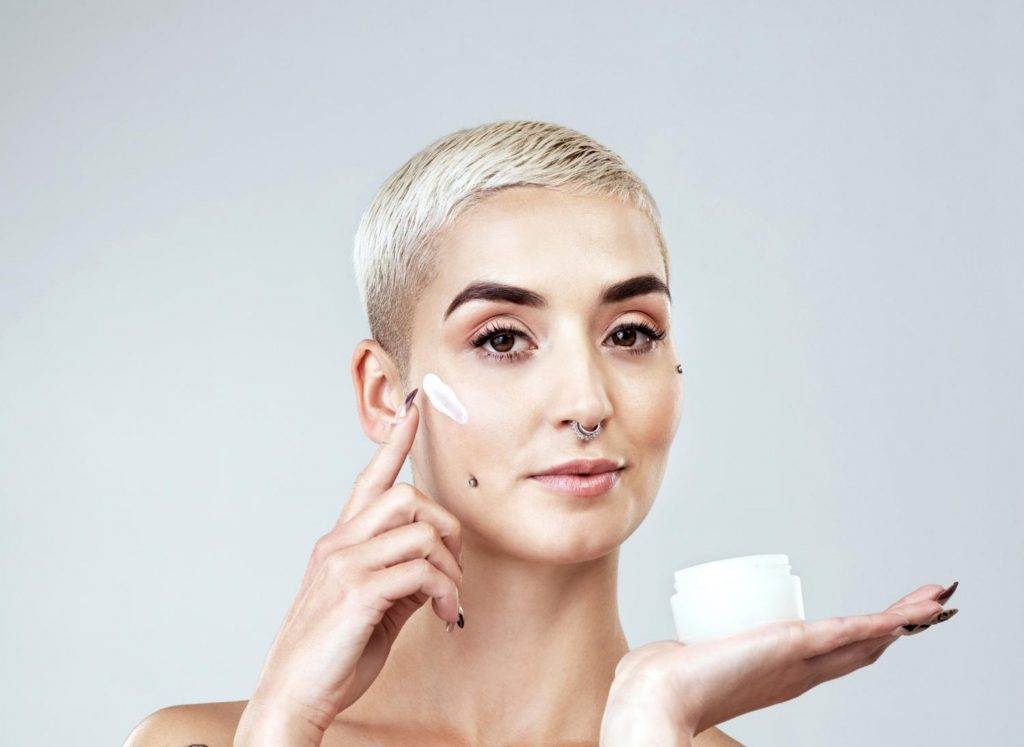
Understanding the stages of tattoo healing after a cover-up
After getting a cover-up tattoo, it is important to understand the stages of healing to ensure proper care. The healing process typically involves several stages, each requiring specific attention:
- Immediate Aftercare: Following your tattoo artist’s instructions, gently clean the tattoo with mild soap and lukewarm water. Pat it dry with a clean towel and apply a thin layer of tattoo-specific ointment or lotion to keep the skin moisturized.
- Scabbing and Peeling: Within a few days, the tattoo will start forming scabs. It is essential to resist the urge to pick or scratch these scabs, as it can lead to infection or damage the design. The scabs will eventually peel off, revealing the healed tattoo underneath.
- Itching and Dryness: As the tattoo continues to heal, you may experience itching and dryness. Use a fragrance-free moisturizer to alleviate these discomforts and prevent the skin from becoming overly dry.
- Settling Period: Over time, the tattoo will settle into the skin and take on its final appearance. This process can take several weeks, and it is important to avoid excessive sun exposure during this time to prevent fading or distortion of the tattoo.
Identifying potential complications and seeking professional advice
While most cover-up tattoos heal without complications, it is important to be aware of potential issues that may arise:
- Infection: If you notice excessive redness, swelling, pus, or a foul odor around the tattoo, it could indicate an infection. In such cases, seek immediate medical attention.
- Allergic Reactions: Some individuals may develop an allergic reaction to tattoo ink. If you experience symptoms such as severe itching, rash, or hives, consult a dermatologist.
- Keloid Scarring: Keloid scars are raised, thickened scars that can develop in some individuals. If you notice excessive scarring or abnormal healing, consult a dermatologist for proper evaluation and treatment.
In case you experience any of these complications or have concerns about the healing process, it is always advisable to seek professional advice from your tattoo artist or a medical professional. Remember, proper aftercare is crucial for the long-term quality and appearance of your cover-up tattoo.

